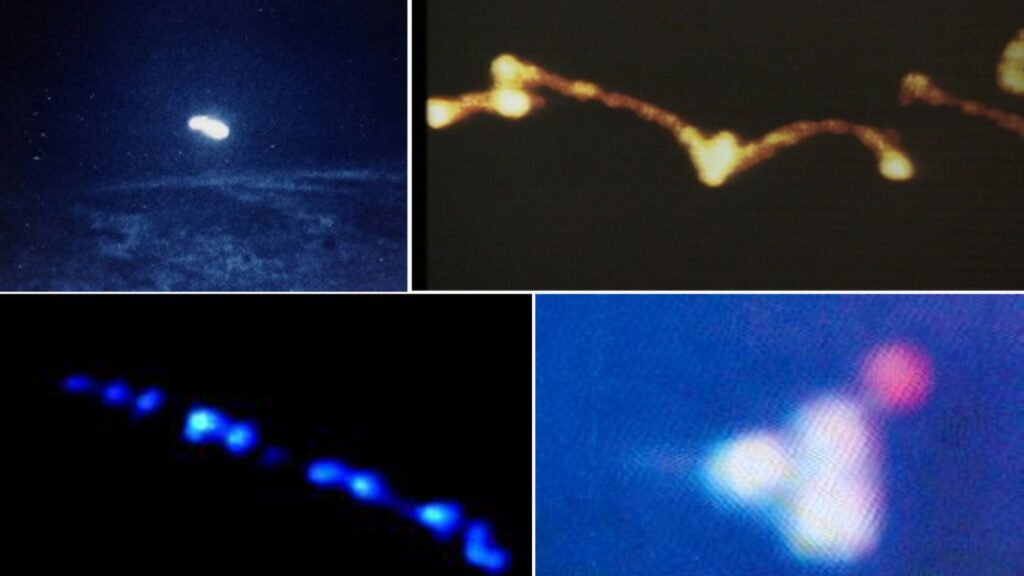Introduction to Hessdalen Lights
The Hessdalen Lights are a mysterious phenomenon that has puzzled scientists, locals, and visitors for decades. These unexplained lights appear in the sky above the Hessdalen Valley in central Norway, often displaying strange behaviors and patterns that defy conventional explanations. This article aims to shed light on the history, characteristics, theories, and research surrounding the enigmatic Hessdalen Lights.
Location and History
Hessdalen Valley
The Hessdalen Valley is a remote, sparsely populated region in central Norway, about 120 kilometers south of the city of Trondheim. The valley stretches approximately 15 kilometers and is surrounded by mountains, forests, and rivers. The area’s natural beauty and peaceful atmosphere have made it a popular destination for tourists and outdoor enthusiasts.
First Reports of the Phenomenon
The Hessdalen Lights were first reported in the early 20th century, but it was not until the early 1980s that the phenomenon gained widespread attention. A significant increase in sightings occurred between 1981 and 1984, with reports of the lights appearing as often as 20 times per week. This surge in activity sparked considerable interest among scientists, the media, and the general public.
Characteristics of Hessdalen Lights

Appearance and Colors
The Hessdalen Lights typically appear as bright, glowing orbs with colors ranging from white, yellow, and red to blue and green. They can vary in size from just a few centimeters to several meters in diameter. The lights often exhibit unusual behaviors, such as rapid movement, formation of shapes, and sudden disappearance.
Duration and Frequency
The duration of Hessdalen Lights sightings can vary significantly, lasting from a few seconds to several hours. The frequency of sightings has decreased since the peak in the 1980s, but the lights continue to be observed several times per year.
Theories Behind the Phenomenon

Natural Explanations
Plasma
One of the leading theories suggests that the Hessdalen Lights are a form of plasma created by interactions between cosmic rays, the Earth’s magnetic field, and elements in the valley’s atmosphere. This theory is supported by the presence of high concentrations of radon gas in the area, which could contribute to the formation of plasma.
Piezoelectricity
Another possible explanation involves piezoelectricity, a phenomenon where certain materials generate electric charges under mechanical stress. The Hessdalen Valley is rich in quartz, a piezoelectric material, which could produce electrical discharges when subjected to pressure from the movement of the Earth’s crust.

Atmospheric Reflections
Some researchers believe that the Hessdalen Lights might be atmospheric reflections caused by temperature inversions, mirages, or other optical phenomena. However, this theory does not fully explain the complex behaviors exhibited by the lights.
Extraterrestrial Hypotheses
While there is no concrete evidence to support extraterrestrial involvement, some people speculate that the Hessdalen Lights are related to UFOs or alien life forms. Proponents of this theory argue that the unusual behavior and appearance of the lights suggest advanced technology beyond human understanding.
Secret Military Experiments
Another hypothesis involves secret military experiments or advanced technologies being tested by government agencies. This theory is fueled by the area’s remote location and the fact that some sightings have coincided with military exercises.
Scientific Research and Investigations

Project Hessdalen
In an effort to better understand the Hessdalen Lights, a group of Norwegian scientists launched Project Hessdalen in 1983. This ongoing research project involves continuous monitoring of the area, collecting data, and conducting experiments to determine the cause of the phenomenon. Over the years, Project Hessdalen has provided valuable information and attracted international interest from scientists and researchers.
International Collaboration
The mystery surrounding the Hessdalen Lights has led to collaborations between researchers from various countries, including Norway, Italy, and the United States. These joint efforts aim to pool resources, knowledge, and expertise in the hope of uncovering the truth behind the enigmatic lights.
Impact on Local Community and Tourism
The Hessdalen Lights have had a significant impact on the local community and tourism in the area. The phenomenon has attracted thousands of curious visitors each year, providing a boost to the local economy. Additionally, the research conducted on the lights has put Hessdalen on the map as a hub for scientific inquiry and collaboration.
Similar Phenomena Around the World
The Hessdalen Lights are not the only unexplained light phenomenon observed worldwide. Other notable examples include the Marfa Lights in Texas, the Min Min Lights in Australia, and the Brown Mountain Lights in North Carolina. These phenomena share similarities with the Hessdalen Lights, sparking further interest and investigation into their possible causes and connections.

Conclusion
The Hessdalen Lights remain an intriguing mystery that continues to captivate scientists, locals, and tourists alike. While various theories have been proposed to explain the phenomenon, no definitive explanation has been accepted by the scientific community. As research continues, it is hoped that one day, the enigma of the Hessdalen Lights will be unraveled, shedding light on this remarkable natural wonder.
Frequently Asked Questions (FAQs)
1. Where are the Hessdalen Lights located?
The Hessdalen Lights are observed in the Hessdalen Valley, located in central Norway, approximately 120 kilometers south of Trondheim.
2. When were the Hessdalen Lights first reported?
The phenomenon was first reported in the early 20th century, but it gained widespread attention in the early 1980s.
3. What do the Hessdalen Lights look like?
The lights typically appear as bright, glowing orbs in various colors, such as white, yellow, red, blue, and green. They can vary in size and often exhibit unusual behaviors, such as rapid movement, formation of shapes, and sudden disappearance.
4. What are some theories behind the Hessdalen Lights?
Some of the proposed theories include natural explanations like plasma, piezoelectricity, and atmospheric reflections, as well as more speculative ideas involving extraterrestrial activity and secret military experiments.
5. How can I see the Hessdalen Lights?
While there is no guarantee that you will see the lights during a visit, the best time to try is during the darker months between September and April. You can visit the Hessdalen Valley, find a good vantage point, and keep an eye on the sky for any unusual activity. Joining a guided tour or attending a local event dedicated to the phenomenon might also increase your chances of witnessing the Hessdalen Lights.

If you’re fascinated by the unexplained and mysterious, you might also be intrigued by the captivating character construction in literature. Explore our article on how Stoker constructed the character of Dracula to dive deeper into the world of iconic supernatural beings.

